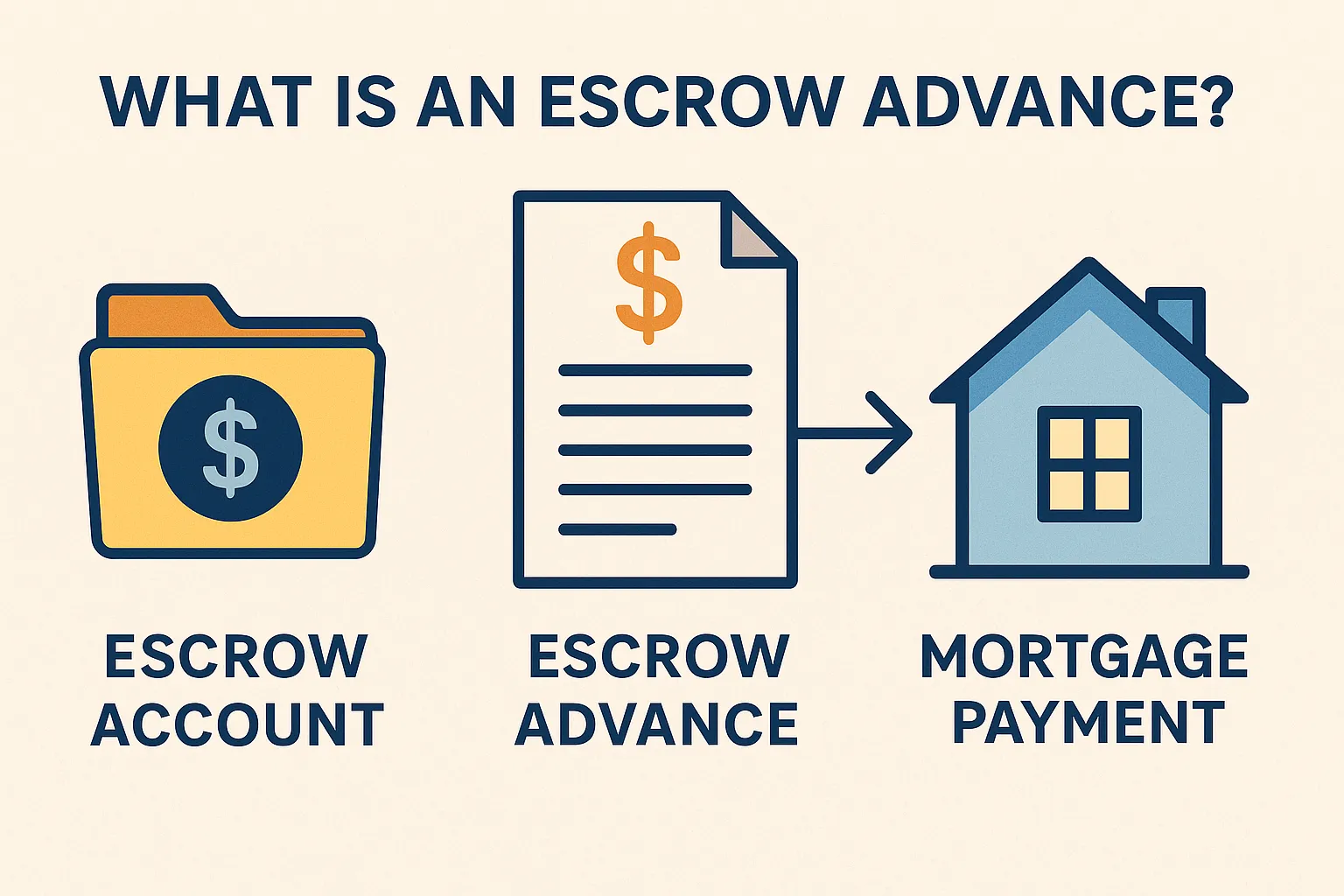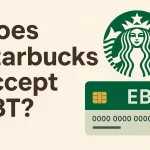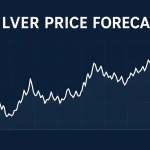What Is an Escrow Advance? Mortgage & Crypto Guide
What Is an Escrow Advance? A Practical Guide
As your escrow account runs low and you have a bill to pay, your lender comes in and makes up the difference—that’s an escrow advance, a plain cushion to keep your mortgage on schedule. Instead of you scrambling around to find more money when tax or insurance bills come due, your lender pays the money and you pay them back in installments. Learning the behind-the-scenes details of how this works can save you from being hit with surprise charges and enable you to budget that much more easily.
Table of Contents
- What Does “Escrow Advance” Mean?
- How Escrow Advances Work
- When You Might Encounter One
- How It Affects Your Mortgage Payments
- Practical Tips for Managing Escrow Advances
- Surprising Tidbits About Escrow Advances
- Frequently Asked Questions
- Conclusion
What Does “Escrow Advance” Mean?
An escrow advance is a payment your mortgage company makes on your behalf when your escrow account is not currently sufficient to pay for property-related expenses such as taxes or insurance premiums. Technically, it is any up-front prepayment to offset charges that otherwise would be paid from your escrow balance if only it were sizable enough to. It’s literally a short-term loan packaged inside your mortgage contract—your lender advances the amount upfront, and you repay it as part of subsequent payments.
How Escrow Advances Work
When you refinance or have an unforeseen escrow shortage, the lender checks your account and disburses sufficient to pay for upcoming bills immediately. It may occur because you’re taking out a new loan and the previous escrow refund hasn’t been deposited yet, or because property taxes increased more than expected. Behind the scenes, your lender adjusts your monthly mortgage payment, spreading out the repayment of that advance over the next twelve months instead of paying you in a lump sum.
When You Might Encounter One
- Refinancing Transitions: When you refinance, your old escrow account gets closed before the new one gets funded. To cover the gap, lenders will sometimes make an escrow advance so taxes and insurance keep being paid on time.
- Escrow Shortfalls: If yearly escrow studies show that your buffer dipped below the level required—perhaps insurance costs surged—your lender makes up the difference upfront.
- Delayed Refunds: At times, it can take weeks for your old lender to refund any escrow surplus, and there is a tax payment due during that time; an advance stops payments from missing or being late.
How It Affects Your Mortgage Payments
When you’re given an escrow advance, your payment each month will rise to pay for that amount, typically over 12 months. While it’s not as much of a shock as a single lump-sum request, it does raise your budget—so it’s best to expect to see a small rise in your bill after your annual escrow analysis. In some states, where escrow accounts earn interest, your lender will use earned interest to credit against your payment, lowering the amount you owe.
Practical Tips for Managing Escrow Advances
- Review Your Escrow Analysis Carefully: Lenders send an annual statement reflecting shortages or surpluses. A projected shortage can be anticipated in advance so you can ask to prepay extra funds to avoid an advance.
- Ask About Advance Fees: Some lenders charge administrative fees for advancing funds. Ask if you can avoid or reduce those fees by paying the shortage yourself.
- Save for Seasonal Fluctuations: Insurance and property tax payments decrease at regular intervals. Saving a little extra each month can level out the impact of an escrow advance.
- Waive Escrow: If you prefer to take control and qualify with lenders, an escrow waiver lets you keep control—though it’ll take some self-control in your budgeting habits.
Surprising Tidbits About Escrow Advances
- Also Known as “Impound Advances”: In some places, escrow accounts are known as “impound accounts,” and an escrow advance might show up under that name on your statement.
- Legal Right of Reimbursement: Legally, your servicer has the right to recover any advances it makes, so the adjustment appearing on your payment schedule as compared to an optional goodwill action.
- Not All Loans Use Escrow: Conventional loans with down payments of over 20% can eschew escrow—so advances only pertain to borrowers with lower equity or who borrow specific types of loans like FHA loans, which necessitate escrow.
Frequently Asked Questions
What exactly is an escrow advance?
An escrow advance is when your lender makes your property payments on your behalf because your escrow account does not have sufficient funds. You later repay it by paying slightly larger future mortgage installments.
Do there even escape escrow advance fees?
A few lenders have an administrative fee if they disburse an amount. Review your loan agreement or call your servicer and see whether you can dodge those fees by paying the deficiency yourself before they do.
Can I dodge an escrow advance?
You can sometimes postpone an advance by prepaying additional escrow funds at your review. Sometimes you qualify for an escrow waiver and pay your own bills—but there is a budget commitment that comes with that.
How long does it take to repay an escrow advance?
Banks would rather spread repayment over a period of 12 months, restructuring your monthly mortgage payment so that you repay the advance over time rather than in one lump sum.
Conclusion
An escrow advance brings your mortgage payments up to date when your escrow account runs low, paying taxes or insurance ahead of time so you won’t incur a late charge. While it levels out short-term cash flow, that extra payment shows up on your monthly statement—so get ahead, review your escrow analysis, and understand what charges are made so you can handle advances like a pro.




